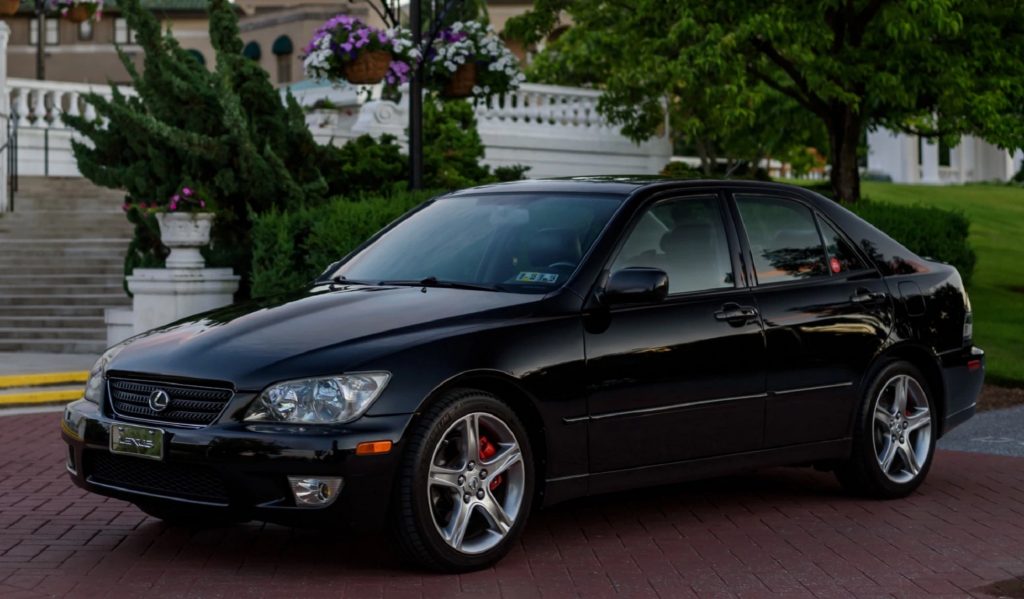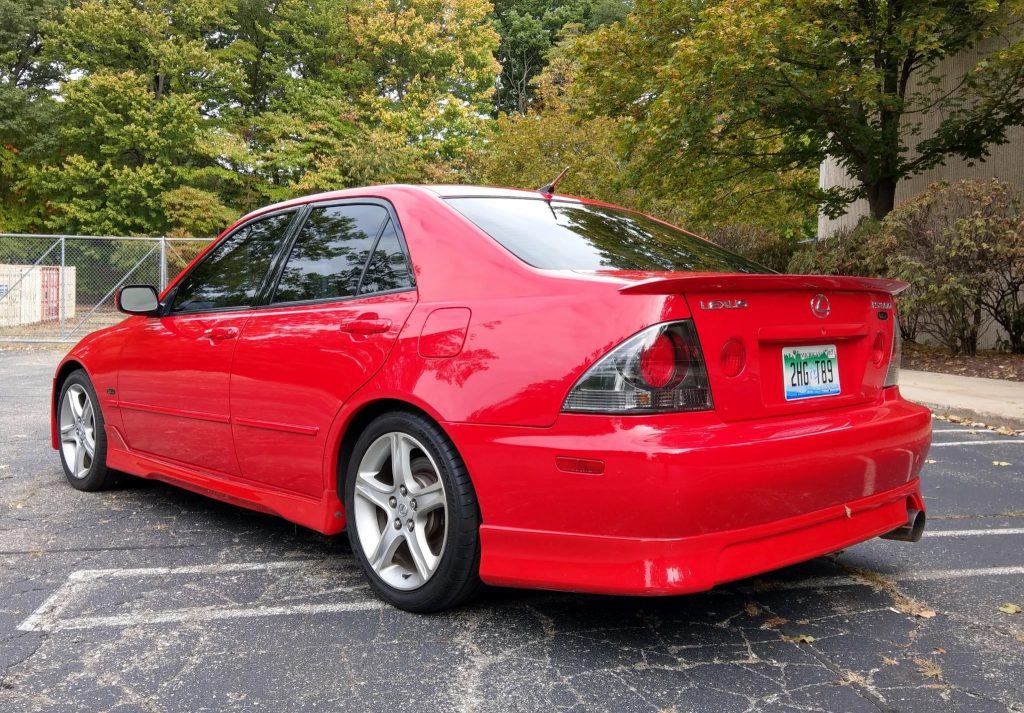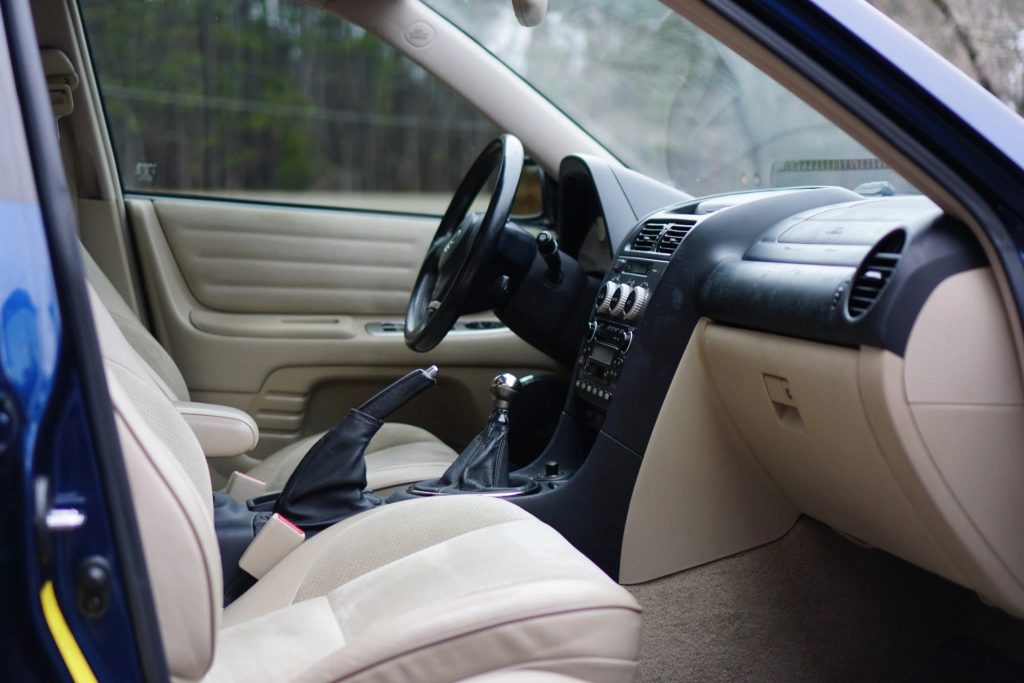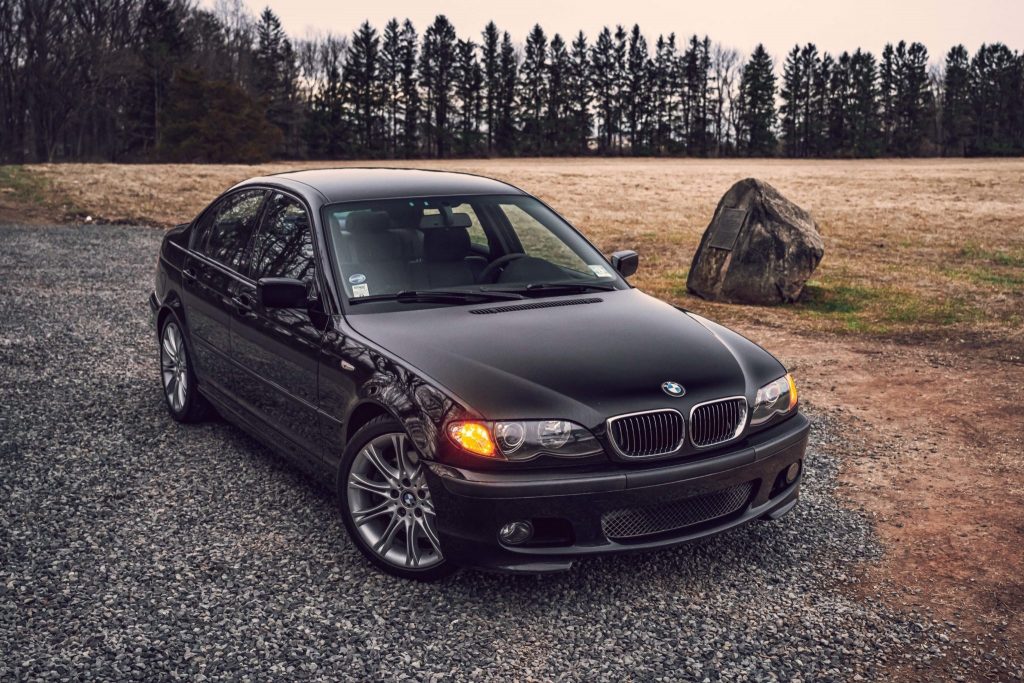2001 Lexus Is300 0 60
With the launch of the LS400, Lexus showed how serious Toyota was about competing with the luxury German brands. But it wasn't enough just to rival them in comfort and reliability. The Japanese carmaker wanted something to rival BMW's famed 3-Series. The result was the first-gen Lexus IS300, a sports sedan with the heart of a Supra.
2001-2005 Lexus IS300 specs and features

Originally, the Lexus IS was sold as the 1998 Toyota Altezza in Japan, Motor Trend reports. It would make its way over to the US in 2001 in 2 trims. The first, the IS200, has the same 2.0-liter four-cylinder engines as the Altezza. The 2001 Lexus IS300, though, has something a bit more potent.
RELATED: How Much Power Does the Updated 2021 Toyota Supra Really Make?
The Lexus IS300 comes with a 3.0-liter six-cylinder engine known as the 2JZ-GE. MkIV Supra fans should be familiar with that engine code. Although it didn't have turbos and had a few internal changes, it was essentially the same engine found in the Toyota Supra. An engine which the JDM Altezza, incidentally, never offered.
Without turbos, the Lexus IS300 doesn't make as much power as the Supra—only 215 hp and 218 lb-ft. At least, that's the stock output. It's not unusual to see owners swap Supra turbos onto their Lexus IS300s. The 2JZ is iconic precisely because of how overbuilt it was, Jalopnik explains. This was the end of the Bubble Era, which gave the world the Skyline GT-R and Autozam AZ-1. With the proper tuning, Jalopnik claims, owners could theoretically triple the IS300's output without issue.
View this post on Instagram
Not-so-old motors this #wagonwednesday with an unusual rarity – a Lexus IS300 SportCross. The SportCross recipe was seemingly the stuff of fanboy dreams – a specifically performance oriented, rear-drive, Toyota 2JZ-powered station wagon. The only elements left out were brown paint choices and a manual transmission. The base vehicle was excellent, too – Toyota's Altezza, rebadged as a Lexus internationally, was aimed squarely at the BMW 3-series and hit its mark. Still, the SportCross was almost invisible when it was new. Just 3,078 were sold in four years. The Altezza project began in 1994 as an attempt to take on not only the 3-series but also capture more of the home market. Toyota reasoned that some Aristo/Lexus GS and Nissan Skyline buyers might be hesitant to buy cars that large in Japan, and could be tempted by something smaller but just as sporty. The engineering team was led by Nobuaki Katayama, who also helped oversee the Z30 Soarer/SC and the MkIV Supra. The styling was done by Tomoyasu Nishi and Toyota's Nagoya studio. There would be two bodies – the sedan and the wagon, to be called the Altezza Gita. In Japan, there would be 3 versions – the AS200 with a 2L 1G six; the RS200 with a 3S 2L four; and the AS300 with the big 2JZ six. The car debuted in the fall of 1998 to rave reviews – but was JDM-only for the first 2 years. When the car was finally exported, it was as a Lexus – and the U.S. got only the AS300 version. The Gita wagon appeared about a year later in early 2002 as the IS300 SportCross. Although a "wagon," it was a sleek design that was loaded with Lexus-like luxury details inside, and more of a "five door" than an ark. It came only as an automatic (the sedan could have a manual), but nobody doubted it's sporty bona fides – it handled well and made the most of its 215hp and weighed only 175 lbs. more than the sedan. Wider rear tires (7.5") than the sedan hinted that it gave up no sportiness for utility. The SportCross, however, never seemed to connect. About half of the run was sold in the first year, and in 2005 fewer than 300 units were sold. When it came time for the MkII Altezza/IS, the SportCross/Gita didn't get redesigned.
A post shared by Alex Kwanten (@oldmotors) on
In addition to the 2JZ, the Lexus IS300 is also rear-wheel drive. And starting in 2002, a 5-speed manual and a wagon, the SportCross, became available. Though the SportCross itself is automatic-only.

There were also the TRD-tuned Lexus IS300 L-Tuned models, MT reports. Stage I cars have a body kit, fog lamps, and a stainless-steel exhaust that added 8 hp. Stage II models add on new springs, larger anti-roll bars, cast-aluminum wheels, and Michelin Pilot Sport tires. They also ride 1" lower. And a limited-slip rear differential was available as an option.
How does the Lexus IS300 drive?
In addition to receiving the MkIV Supra's engine, the Lexus IS300 was also developed in part by its chief engineer, Nobuaki Katayama, Autotrader reports. Katayama also developed the famed AE86 Corolla and helped design World Rally Championship and Le Mans race cars. As such, in terms of handling, the IS300 delivers.

MT called its balance and steering feel "outstanding." The 5-speed manual's shift action is solid, and the clutch is easy to live with. Plus, it's still a Lexus. The leather seats are comfortable and supportive, Autotrader reports, and the plastics of good quality. You could also order the IS300 with navigation. The chronometer-style gauges can be a bit difficult to read, but they're certainly unique.

In terms of acceleration, the BMW 330i and 330i ZHP are faster to 60. MT reports the manual Lexus IS300 can do 0-60 in about 6.6 seconds. The 330i, meanwhile, with its 225-hp 3.0-liter six-cylinder, could do it in 6.1 seconds. The ZHP, with an extra 10 hp and a 6-speed manual, was even faster. But the IS300 was lighter than even the 185-hp 320i by 115 pounds.
Plus, even the fairly-reliable E46 3-Series can't match the IS300's reliability.
Pricing and common issues
RELATED: The 2007 Lexus IS 250 Has a Melting Dashboard Problem
The 2001-2005 Lexus IS300 isn't particularly problematic, CarComplaints reports. The only real issue is the infamous melting dashboard that many other contemporary Lexus and Toyota models suffered.
The only problems MT suffered during its long-term test of a 2001 model came from damage caused by inattentive driving. Though the 2002 and later models are recommended, due to a few surfaces getting more-durable material upgrades. As for the 2JZ, the only issue is making sure the timing belts are changed at least every 100,000 miles.
Unfortunately, because of that 2JZ engine and the RWD drivetrain, many first-gen Lexus IS300s were modified over the years. As such, finding clean stock ones can be tricky. They've also held their value arguably better than the E46. Decent-condition ones can go for almost $16,000 on Bring a Trailer, though $11,000 is closer to the average cost. SportCross models, though, tend to go for $14,000-$16,000.
Follow more updates from MotorBiscuit on our Facebook page.
Source: https://www.motorbiscuit.com/the-original-lexus-is300-a-supra-engined-reliable-bmw/







Tidak ada komentar:
Posting Komentar